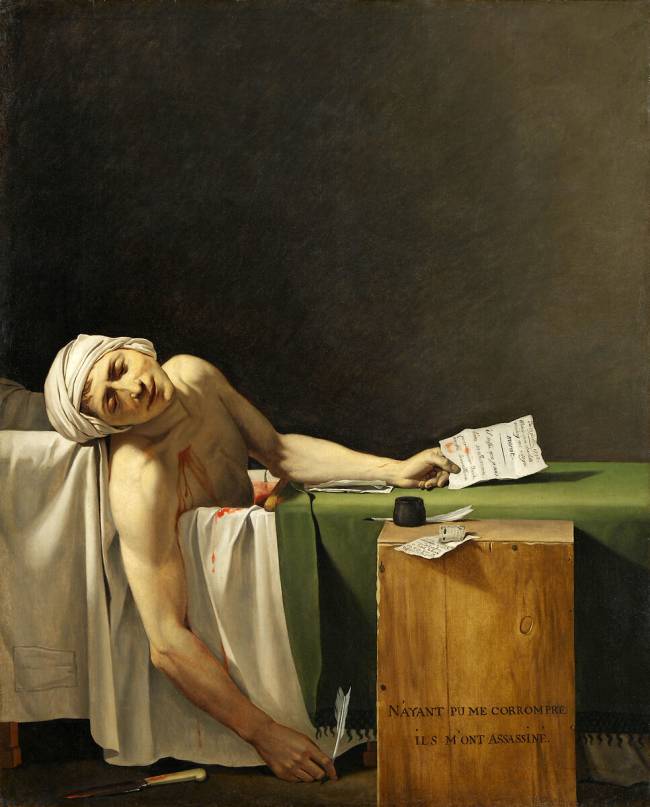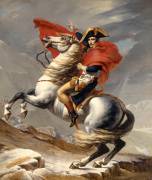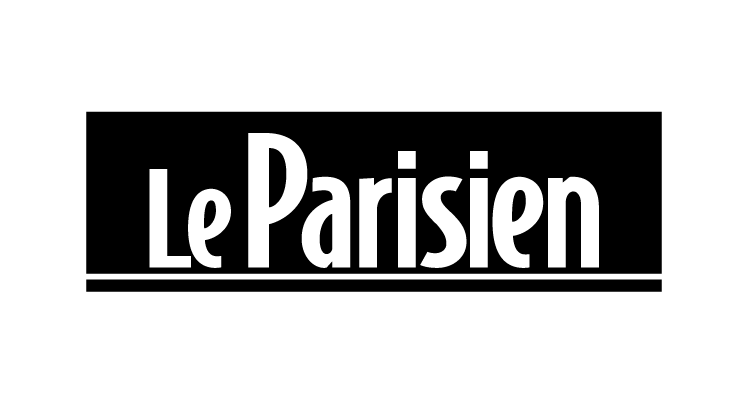Shop art print and framed art Marat assassiné by Jacques-Louis David
Customise
Your art print
Marat assassiné OF Jacques-Louis David
Marat assassiné
The Death of Marat: a work of art and a historical witness
The Death of Marat, also known as Marat Assassinated, is a painting created by the French artist Jacques-Louis David in 1793. This work occupies an important place in the history of art and the French Revolution.
The Death of Marat was painted following the assassination of the French revolutionary Jean-Paul Marat on 13 July 1793. After Charlotte Corday, a member of a royalist noble family from Caen, entered his home claiming to have information about the enemies of the Revolution, she stabbed Marat while he was taking a bath.
Rapidly, at the request of the deputy Guiraut, the painter Jacques-Louis David, a fervent defender of the revolutionary cause, immortalised this shattering event in a painting which he offered to the Convention on 14 November 1793, so that it could be exhibited in the hemicycle.
As evidence of the political turmoil of the time, the painting would be returned to David in 1795, before he fled France, forcing his friends to hide his paintings to prevent their destruction. After emerging from oblivion following David's death in December 1825, it was not until 1886 that the painting of The Death of Marat was bequeathed to the Musée des Beaux-Arts de Bruxelles, before being exhibited there in 1893, 100 years after its creation.
Visual description of the work
The Death of Marat by Jacques-Louis David is a neoclassical-style painting measuring 165x128cm, which captures the death of the French revolutionary Jean-Paul Marat. The painting is dominated by earthy, neutral tones, creating a sombre atmosphere that contrasts sharply with the pale whiteness of Marat's skin, reflecting the gravity of the event depicted. The shot is very close-up, creating an intimacy between the viewer and the subject of the work. The light comes from above, highlighting the shapes of Marat's body and emphasising the contrasts between the dark and light areas of the scene.
Marat is depicted semi-nude, resting in a bathtub with a tranquil expression on his face, despite the mortal wound visible on his chest. His right hand, holding a feather, hangs dramatically over the side of the tub, while his left hand holds a letter written by his executioner Charlotte Corday. On a small wooden box acting as a table next to the bath, there is a quill and another letter, symbols of her devotion to the revolutionary cause.
His nudity and chest wound evoke images of religious martyrs, underlining his sacrifice for the Revolution. Marat assassinated is a powerful representation of revolutionary passion and sacrifice. David thus creates an image that transcends the simple account of a man's death, to evoke a symbolic image of a martyr of the Revolution.
The role of this work in David's career
By the time Jacques-Louis David began work on this painting, he was already a renowned and influential painter in France. However, The Death of Marat marked a decisive turning point in his career, as this painting was quickly to become his major work after he had embraced revolutionary ideas. This painting thus enabled David to position himself as a politically committed artist and to showcase his talents for propaganda.
Although David claims to present a faithful account of Marat's death, it is undeniable that this work was conceived for propaganda purposes. The portrait of a murdered politician has been transformed into an idealised, quasi-legendary representation, taking on the allure of a revolutionary martyr. By eliminating the imperfections of the body and toning down the signs of the skin disease from which Marat suffered, David created a more noble and heroic image of him.
The posterity of the assassinated Marat
Following the success of The Death of Marat with the public and the authorities of the time, several copies were made in order to widely disseminate the image of the revolutionary. Of these copies, one is now in the Musée du Louvre, probably by Gioacchino Serangeli, while another, often attributed to François Gérard or Jérôme-Martin Langlois, is kept at the Château de Versailles. The original work, meanwhile, is in the Royal Museums of Fine Arts of Belgium.
Over the years, Marat assassinated has become a veritable icon of the French Revolution and today remains one of the most emblematic works of that tumultuous period. The poignant image of Marat has left such a mark on the collective imagination that it has become a key symbol of the popular struggle against social and political injustice.
The Death of Marat by Jacques-Louis David is a work widely appreciated not only for its artistic quality but also for its major role in French history and the artist's career. This striking example of art and political propaganda continues to arouse interest and admiration among art lovers and historians worldwide.
This artwork is a painting from the classical period. It belongs to the neoclassicism style.
« Marat assassiné » is kept at Louvre, Paris, France.
Find the full description of Marat assassiné by Jacques-Louis David on Wikipedia.



































